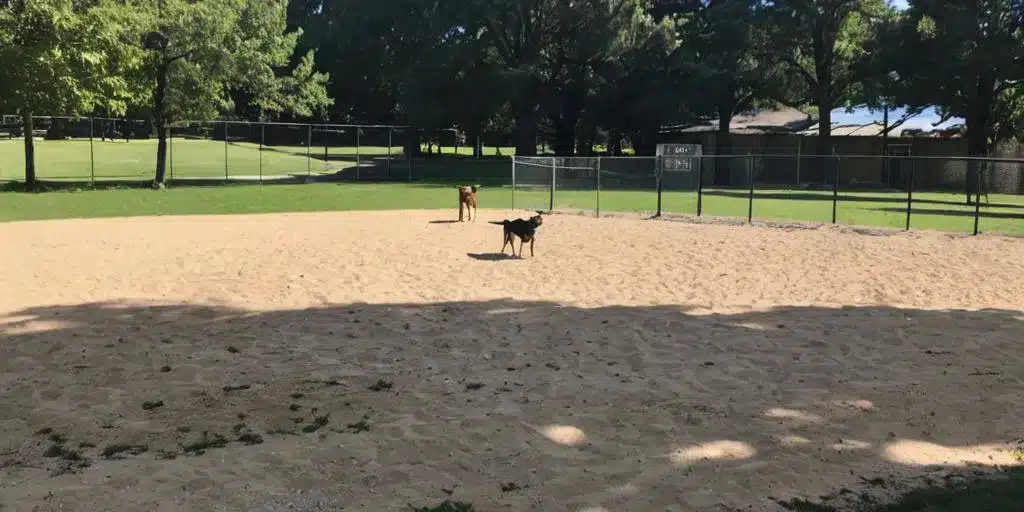Table of Contents
A dog park is a happy place of supreme fun for our beloved friends. Perhaps you own a dog and would like it to enjoy the freedom to run, frolic and play with dozens of their fellow furry companions.
However, to ensure all goes well and nothing goes wrong, it is critical that you assess your pet’s readiness for the dog park experience. Here is a rundown of some key factors to make sure your dog is prepared for a positive experience.
Age
A dog park is not a good place for puppies. Experts say dogs should be at least four months old. They also should have had all their recommended vaccinations by that age. To be totally safe, six months may be a better marker.
Health
Your dog should have a clean bill of health. If your pet is displaying symptoms of any kind of illness or is recovering from an injury, it is not ready. An illness assessment protects both your critter and prevents the spread of diseases to other dogs. It is not a good idea to release a female dog in heat, or one who has recently come out of heat into a dog park. This can cause male dogs to act aggressively and can precipitate fights between rival male dogs.
Obedience Basics
Your dog should be trained in some of the basic “control commands” fundamental to controlling dog behavior. Examples are “sit” and “stay.” Another example is how well your dog obeys the “come” command. Some dog trainers suggest a well-behaved dog will obey a “stop that!” command. This is important if a dog starts getting into “bad behaviors” or fights with other dogs or to keep them from acting up too much.
Reliable Recall
Train your dog well to come back to you on command, This is good for both a “time out” and for when it is time to leave.
Socialization and Temperament
Most people have a good idea about how well their dog interacts with other dogs, perhaps within a neighborhood setting or when families get together to socialize and bring their dogs. Whatever the case, you must be confident that your dog does not have a knack for getting into fights, displaying aggressive mating behavior and is not prone to fighting or biting. In Los Angeles County nearly 20,000 dog bites are reported each year, causing many serious injuries.
Guarding Behavior
Many dogs are “just fine” until they have a bone, treat or toy to guard. This is one of the most common causes of conflicts and fights. If your dog is fiercely protective of a “resource,” it may not be a good fit for a dog park.
Shyness
The opposite of aggressive behavior is shyness. Some dogs are easily frightening or become agitated around other dogs. Assess your pet for this tendency before taking it to a dog park.
Some Final Tips
Most people “know their dogs,” and you probably already have a good idea of how well tour best friend will fare among the rambunctious fun of a dog park. However, it’s a good idea to “go slow” the first time you let your dog play with a lot of other dogs in a park setting. Conduct a cautious “test run” the first time to get a reading on your pet’s readiness.
It’s a great idea to choose a time when “dog traffic” is light the first time you visit. For example, go early in the morning before a lot of other dogs arrive. That helps your pet to become acclimated to the dog park experience.


